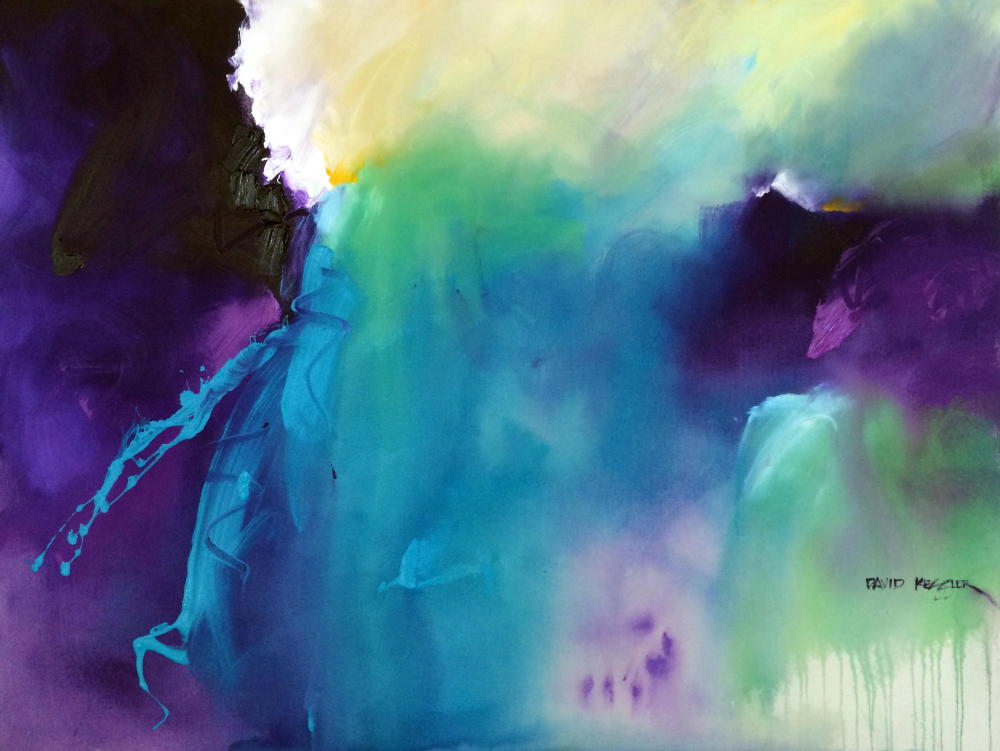What's In A Painting Signature
/My painting signature, which is not to be confused with my cursive handwriting signature, has evolved only slightly over my 24 years of painting. Early on I did not exaggerate the two "S"'s, or run the end of the "R" off the edge of the piece. Other than that it is nearly the same. Why would I not want my signature to change you ask?
My signature is part of my brand as an artist and serves as a marketing advertisement for me when my work is not in a location where it has a label on it announcing me as the artist. I know artists who don't sign their work. Their rationale is two fold: 1. People should know my work without me having to sign it. 2. I want to leave the signature off so that the buyer can install it anyway they wish. Let me address each of these ridiculous notions: 1. Some people may know your work, but the majority of people will see your work without you around. They may see it in a venue where it will not have a label on it and want to look-up more information on you and your paintings. By not placing your signature on the work you could be losing sales. 2. I have sold hundreds of pieces of artwork and the last thing most collectors want to do is decide how to install a painting. They want the artist to decide that for them. The person that created the painting should tell the collector how to best view the painting by placing their signature so that placement of the artwork is clear.
I always write my signature using the materials that I make the painting from, which for me is usually acrylic paint. I also always use a color for my signature that appears somewhere else in the painting. I usually place my signature in the bottom left or right of the painting, typically away from the center of interest or the weighty side of the piece. Sometimes I try to leave a "calm" spot on the bottom in which the signature stands alone. I also make sure my signature is legible. Why on earth would you sign your painting with a silly logo or indecipherable chicken scratch? Remember, if it is legible and people can read it people who see your work will soon connect your work and your name. Using a legible signature is free advertising!
Another thing to know is a painting should NEVER have a date placed on the front of it, near or a part of, your signature. You say: Well it was good enough for Matisse. To that I say, you are no Matisse. Gallery owners will not want you to bring in a painting with a date on it, particularly if that date shows the painting is 4 years old. No one will buy it if they believe it is not your newest work. Ask any gallerist and they will tell you the same thing. If you must date your work, put the date on the back, never the front. I utilize an inventory numbering system that incorporates the year the painting was made, but that is a story for another post.
In summary, when signing your paintings:
1. Always sign the front of the painting.
2. Use the same materials that you utilized to create the artwork.
3. Use your name and not a logo.
4. Make it legible.
5. Your signature is part of your branding. Your signature provides free advertising every time someone sees your work.
If you want to learn this and lots more useful and actionable information, Join me for a workshop or join one of my online courses.


